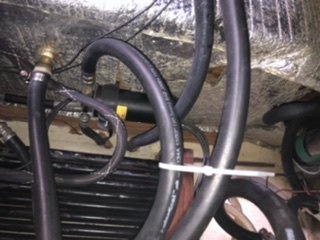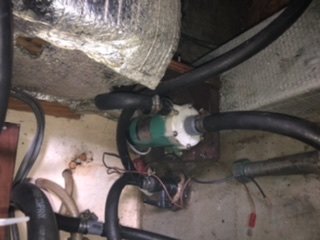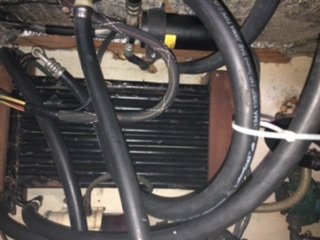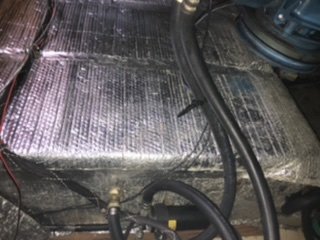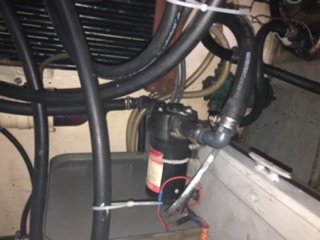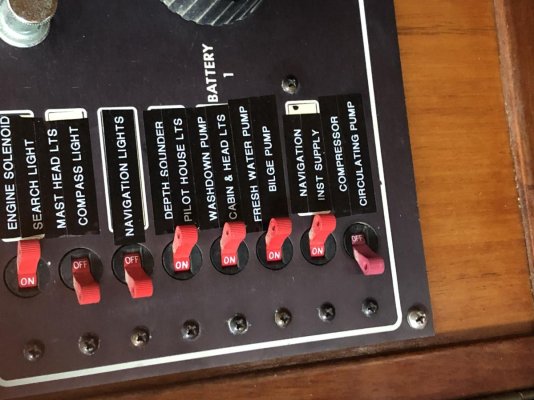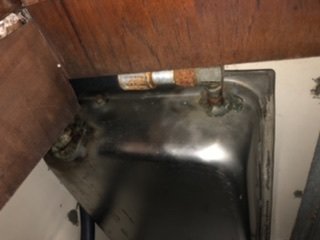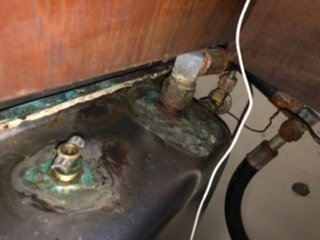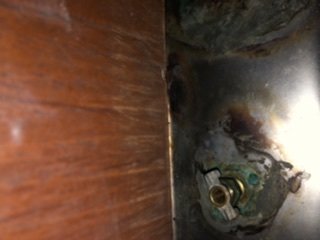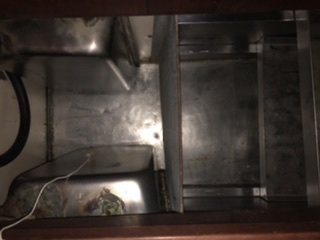BonesD
Senior Member
Howdy,
My 43 year old boat has a 43 year old refrigeration system.
Old York compressor and sea water cooled system. That I don’t really understand.
Anyway the belt was pretty loose when I bought the boat and the compressor was out of alignment at the time.
Tightend the belt and topped of the refrigerant as there were bubbles in the dryer sight glass.
Fridge chilled down great for two days or so.
Then the compressor started locking up so figured I over charged it or there was air in the system.
So I aligned the compressor best I could and it’s not far off now. Still not perfect. Cranked it up and started the compressor, still locking up so I bled a bit of gas off a bit at a time until the compressor runs properly. Sight glass is still free of bubbles so it either full or completely empty!
But the fridge doesn’t cool anymore.
I found the installation instruction but no mention of manufacturer or just plain operation in 30 plus pages.
I don’t know if I am neglecting to turn something on or not. The only control is a breaker marked compressor circulation pump.
When turned on the compressor clutch energizes and the sea water pump comes on and circulates water.
Am I missing something?
I am set to put a vacuum on the system and recharge just to be sure it’s gassed up but hate to if not needed.
Any suggestions besides replacement are welcome.
Thanks
Also or and, the instructions say something about a coolant tank that takes X amount of water and antifreeze.
I have not spotted that yet.
Thanks
My 43 year old boat has a 43 year old refrigeration system.
Old York compressor and sea water cooled system. That I don’t really understand.
Anyway the belt was pretty loose when I bought the boat and the compressor was out of alignment at the time.
Tightend the belt and topped of the refrigerant as there were bubbles in the dryer sight glass.
Fridge chilled down great for two days or so.
Then the compressor started locking up so figured I over charged it or there was air in the system.
So I aligned the compressor best I could and it’s not far off now. Still not perfect. Cranked it up and started the compressor, still locking up so I bled a bit of gas off a bit at a time until the compressor runs properly. Sight glass is still free of bubbles so it either full or completely empty!
But the fridge doesn’t cool anymore.
I found the installation instruction but no mention of manufacturer or just plain operation in 30 plus pages.
I don’t know if I am neglecting to turn something on or not. The only control is a breaker marked compressor circulation pump.
When turned on the compressor clutch energizes and the sea water pump comes on and circulates water.
Am I missing something?
I am set to put a vacuum on the system and recharge just to be sure it’s gassed up but hate to if not needed.
Any suggestions besides replacement are welcome.
Thanks
Also or and, the instructions say something about a coolant tank that takes X amount of water and antifreeze.
I have not spotted that yet.
Thanks

